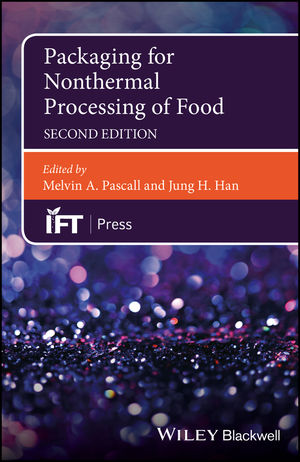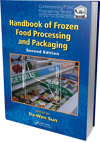Web exclusive
Food packaging safety programs
Vendor-customer and partnership expectation and performance alignment

Welcome to the third installment of the Food Packaging Safety Forum. Last month, we began to discuss the challenges faced by facilities that for many reasons may not be aligned with stakeholders or sponsors regarding the extent, type, and requirements of a food packaging safety program. This can include a program in place or, more commonly, a target program that is identified by the customer or supply chain partner, mandated for use by all, and set as the criteria for third party audit scoring.
Whether one is the entity dictating the program (i.e. sponsor) or the partner required to understand, embrace, and implement said program, there is the distinct possibility that certain aspects of compliance and formal requirements may create consternation or, possibly, panic. Unless the partner is already certified and compliant with the mandated program or criteria, he or she will be faced with applying resources and funds in order to achieve compliance. To avoid panic or possible misapplication of unnecessary or misdirected resources to begin compliance assessment, a face-to-face dialogue with the sponsor to discuss scoping of the objectives is strongly recommended.
The scoping process begins by meeting with the sponsor and performing a risk evaluation and process analysis of the objective(s), project, or facility. In the end, the participants should be left with a scoping document, which lists items that require attention, mitigation and/or some type of action, preventative or otherwise.
The overall purpose of this process is to help ensure communication and mutual alignment between partners, and provide an opportunity to raise all issues of concern, general or specific, openly to all involved parties, discuss and probe within those subject areas, and finally, summarize and document details of the discussion for review by all parties. The scoping document should be complementary, and not take the place or be redundant to targeted expectations. It should reference existing documents and manuals in order to reduce the risk of misunderstanding. Often, large and established corporations will publish their own requirements manual, which reference basic targeted food safety programs, plus additional, custom requirements. Regardless of how the sponsor packages the criteria and requirements, it is always a good idea to review, document any questions, and then have a meeting with the sponsor’s representative to clarify.
While it is key to have a discussion and meet with the sponsor to clarify any issues regarding necessities, demands, and compliance, it is equally important to avoid the appearance of impropriety or argumentativeness. Your sponsor or supply chain partner may consider it immaterial that you have successfully addressed food packaging safety protocols in the past, that your results are “excellent,” or that you eschew the mandated program. It is much more important to hear, in the sponsors own words, exactly why he/she has mandated the required strategy and details presented to you. If you believe that your facility can comply with the sponsor’s requirements, then it is typically a matter of time and resources to achieve compliance. If, however, you know or suspect that you cannot comply (for example, your facility has aging infrastructure, is leased, and/or attaining compliance of key infrastructure is practically or financially unfeasible), it is important to understand the full qualitative nature and rationale for the sponsor’s decisions. It is only after fully understanding these implications should one attempt to establish custom alternatives that meets the sponsor’s objectives, even if those alternatives may not meet all of the requirements within the sponsor’s stipulated program.
This strategy is not guaranteed, but it will be effective in sending a clear message to the sponsor that you are serious, aware, proactive, knowledgeable, and determined to retain the relationship while, at the same time, agreeing to review and upgrade your food packaging safety programs.
Next month: Initiating the Risk Evaluation Process as the First Step Towards Upgrading your Food Packaging Safety Program.
 About the author: Gary Kestenbaum is the Sr. Food Packaging Safety Consultant at EHA Consulting Group, Inc. (ehagroup.com). Kestenbaum has 40 years of experience in the food industry including functional assignments as a food ingredient supplier with National Starch, a product developer with General/Kraft Foods and a packaging developer and packaging engineer with Kraft Foods.
About the author: Gary Kestenbaum is the Sr. Food Packaging Safety Consultant at EHA Consulting Group, Inc. (ehagroup.com). Kestenbaum has 40 years of experience in the food industry including functional assignments as a food ingredient supplier with National Starch, a product developer with General/Kraft Foods and a packaging developer and packaging engineer with Kraft Foods.
Looking for a reprint of this article?
From high-res PDFs to custom plaques, order your copy today!








